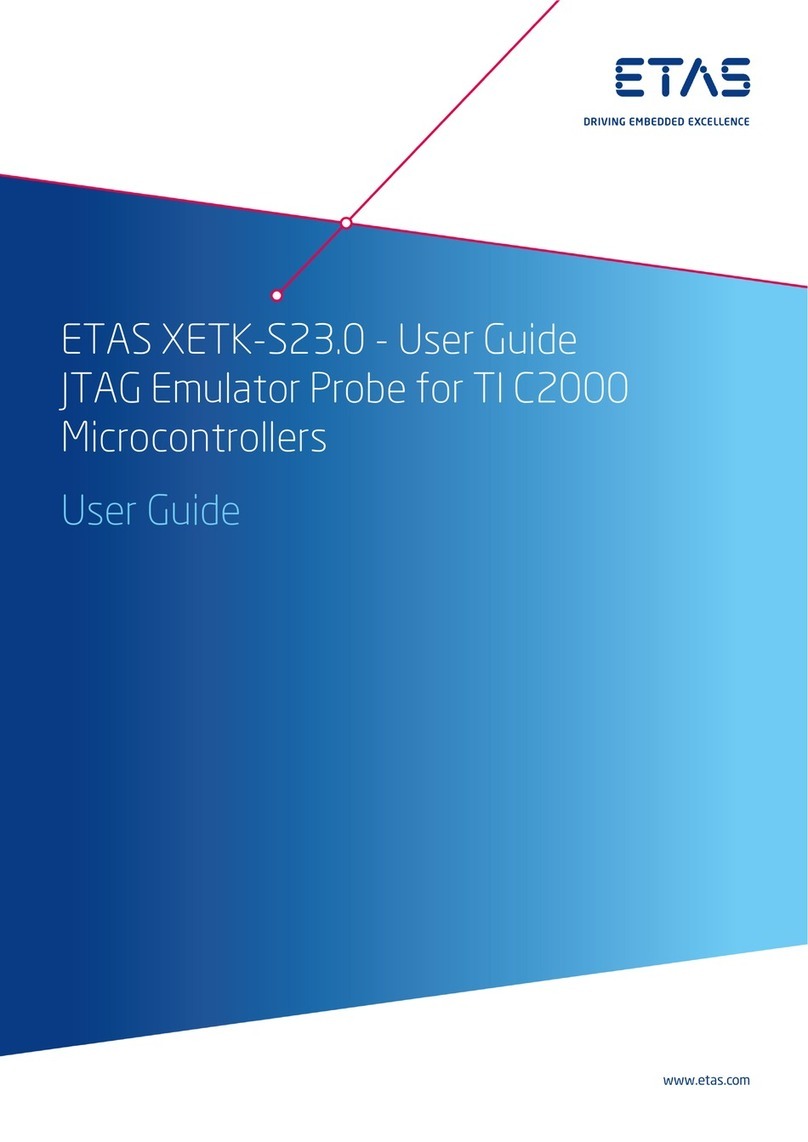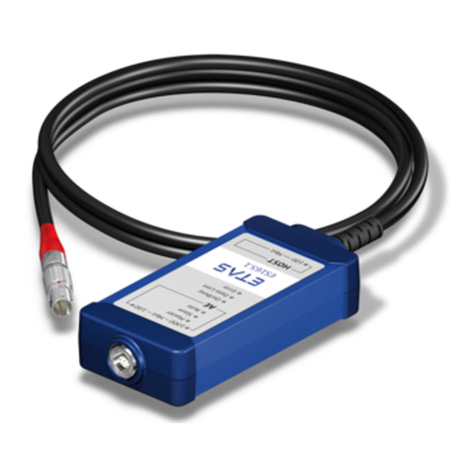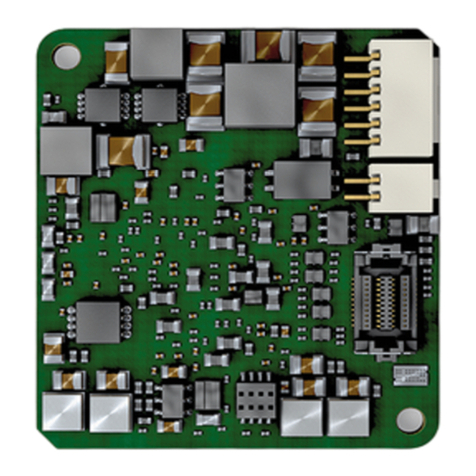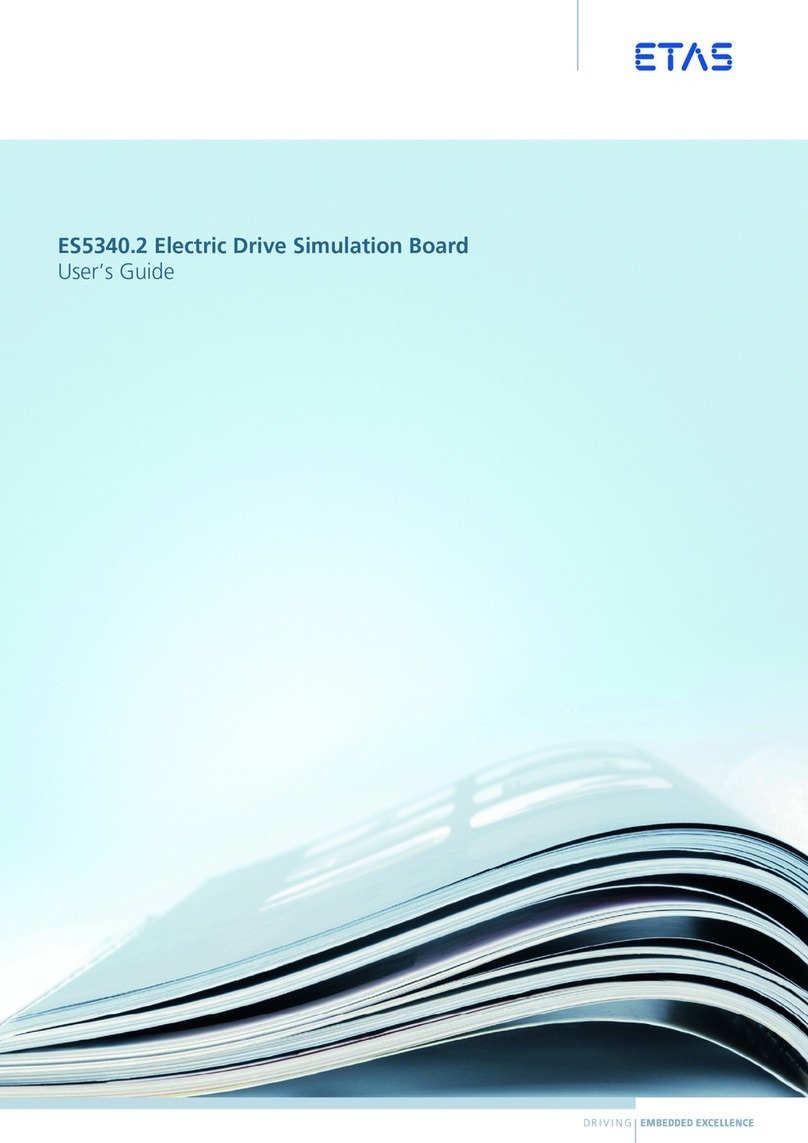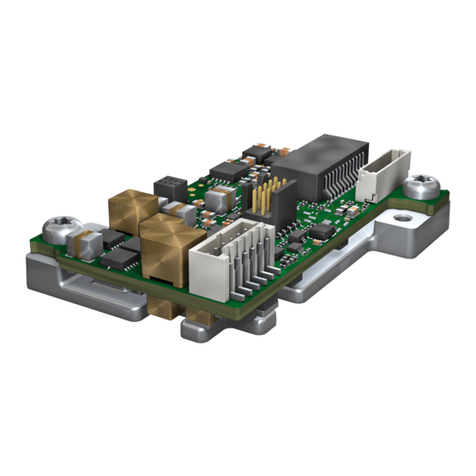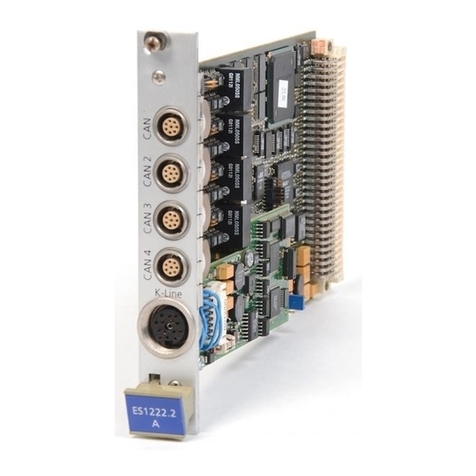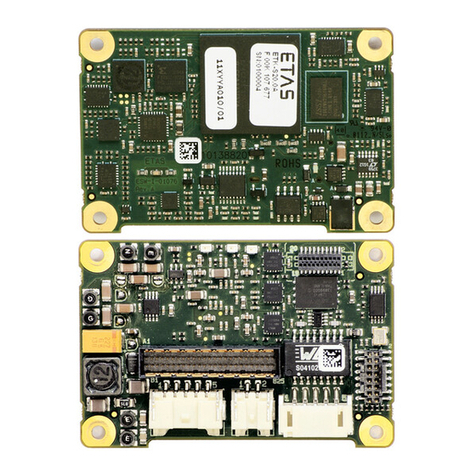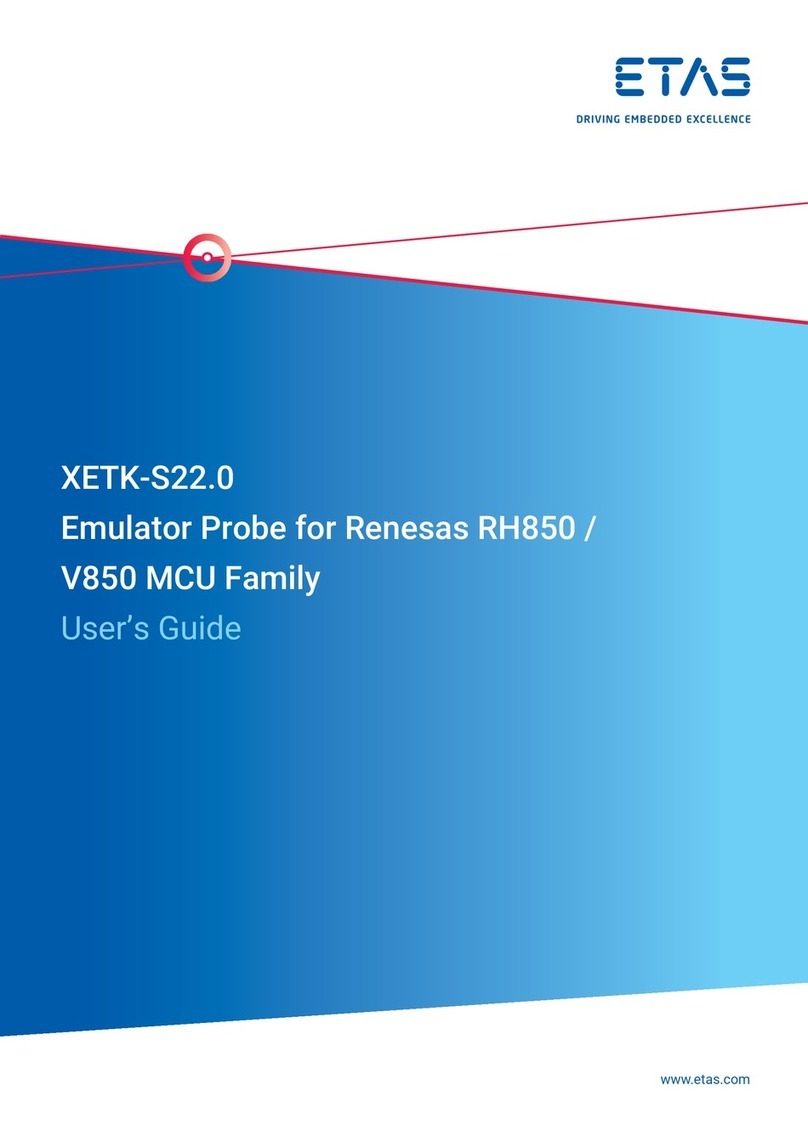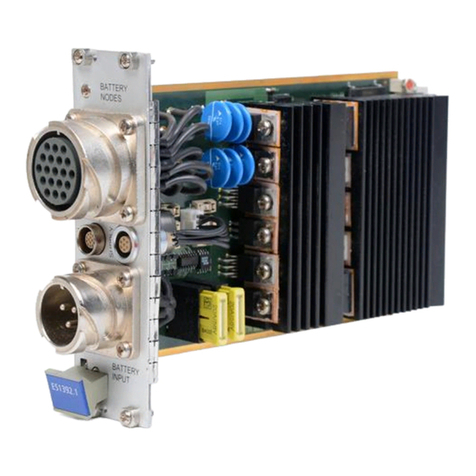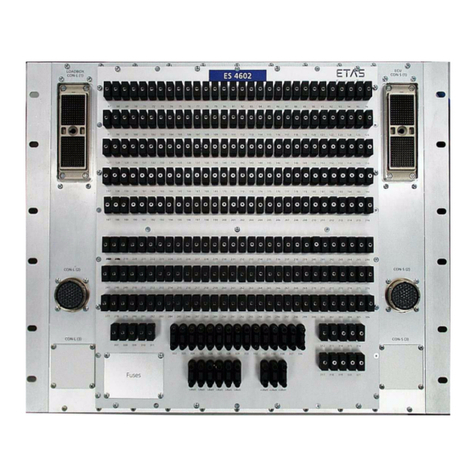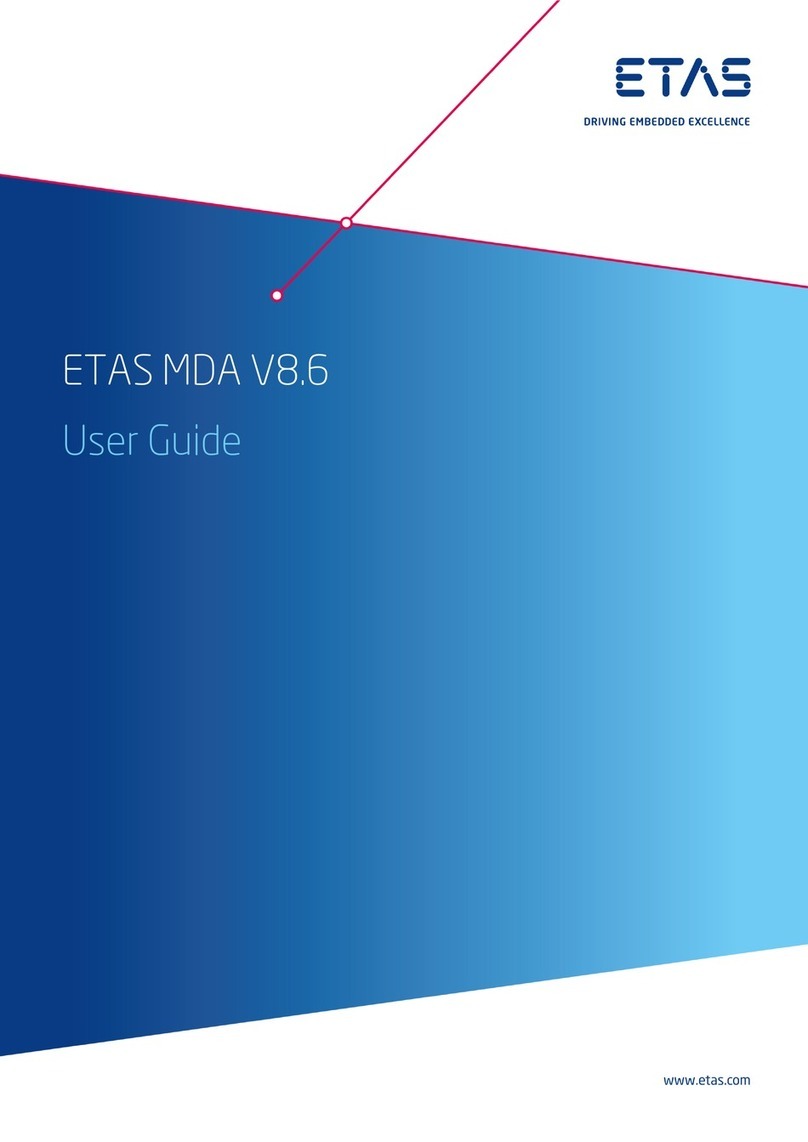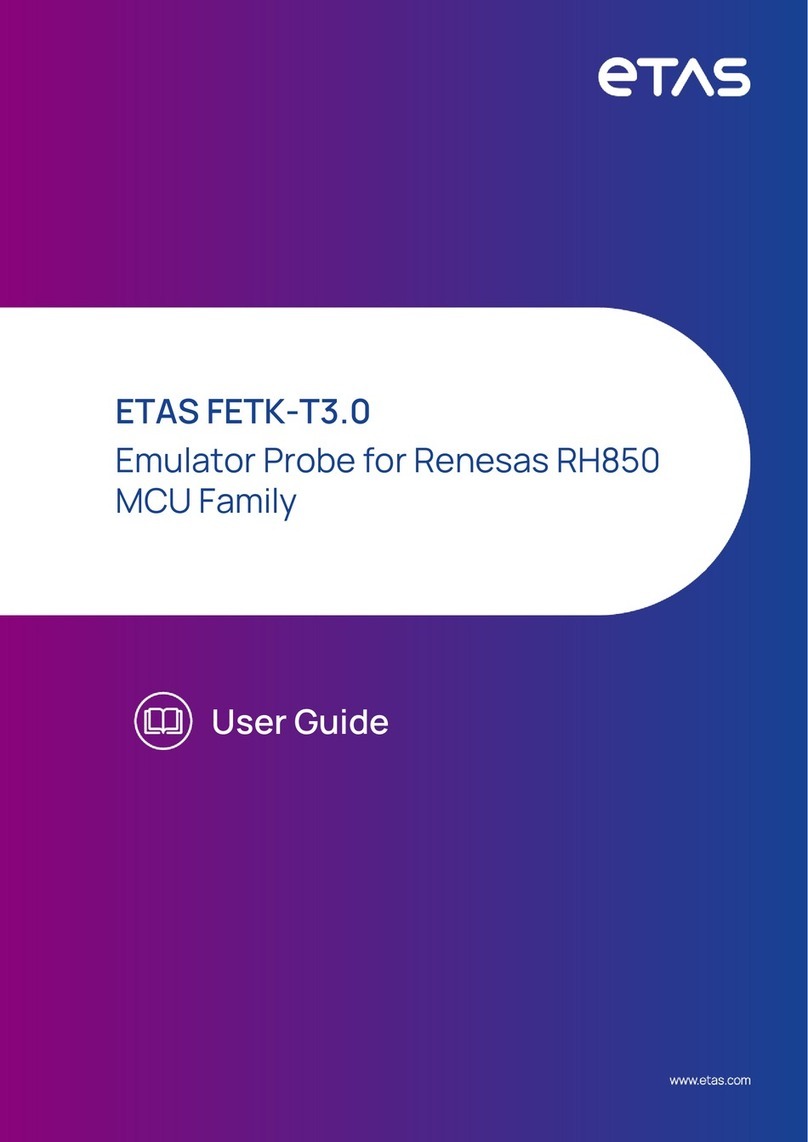
XETK-S21.0B - User’s Guide4
Contents ETAS
4.7 Status LEDs . . . . . . . . . . . . . . . . . . . . . . . . . . . . . . . . . . . . . . . . . . . . . . . . . 22
4.8 Data Emulation and Data Measurement . . . . . . . . . . . . . . . . . . . . . . . . . . . 23
4.9 JTAG Interface . . . . . . . . . . . . . . . . . . . . . . . . . . . . . . . . . . . . . . . . . . . . . . 24
4.10 Trigger Modes: Overview . . . . . . . . . . . . . . . . . . . . . . . . . . . . . . . . . . . . . . 25
4.11 Pinless Triggering . . . . . . . . . . . . . . . . . . . . . . . . . . . . . . . . . . . . . . . . . . . . 25
4.11.1 Startup Handshake . . . . . . . . . . . . . . . . . . . . . . . . . . . . . . . . . . . . 25
4.11.2 XETK Trigger Generation . . . . . . . . . . . . . . . . . . . . . . . . . . . . . . . . 25
4.12 Timer Triggering . . . . . . . . . . . . . . . . . . . . . . . . . . . . . . . . . . . . . . . . . . . . . 25
4.13 Reset . . . . . . . . . . . . . . . . . . . . . . . . . . . . . . . . . . . . . . . . . . . . . . . . . . . . . 26
4.14 Pull CalWakeUp until Startup Handshake . . . . . . . . . . . . . . . . . . . . . . . . . . 26
5Installation . . . . . . . . . . . . . . . . . . . . . . . . . . . . . . . . . . . . . . . . . . . . . . . . . . . . . . 27
5.1 Connection to the ECU . . . . . . . . . . . . . . . . . . . . . . . . . . . . . . . . . . . . . . . 27
5.2 Wiring . . . . . . . . . . . . . . . . . . . . . . . . . . . . . . . . . . . . . . . . . . . . . . . . . . . . 29
5.2.1 XETK Ethernet Interface. . . . . . . . . . . . . . . . . . . . . . . . . . . . . . . . . 29
5.2.2 Power Supply . . . . . . . . . . . . . . . . . . . . . . . . . . . . . . . . . . . . . . . . 29
6XETK Configuration . . . . . . . . . . . . . . . . . . . . . . . . . . . . . . . . . . . . . . . . . . . . . . . 33
6.1 Overview . . . . . . . . . . . . . . . . . . . . . . . . . . . . . . . . . . . . . . . . . . . . . . . . . . 33
6.2 Configuration Parameter . . . . . . . . . . . . . . . . . . . . . . . . . . . . . . . . . . . . . . 33
7Technical Data . . . . . . . . . . . . . . . . . . . . . . . . . . . . . . . . . . . . . . . . . . . . . . . . . . . 35
7.1 System Requirements . . . . . . . . . . . . . . . . . . . . . . . . . . . . . . . . . . . . . . . . . 35
7.1.1 ETAS Compatible Hardware. . . . . . . . . . . . . . . . . . . . . . . . . . . . . . 35
7.1.2 PC with one Ethernet interface . . . . . . . . . . . . . . . . . . . . . . . . . . . 35
7.1.3 Software Support . . . . . . . . . . . . . . . . . . . . . . . . . . . . . . . . . . . . . 35
7.2 Data Emulation and Measurement Memory . . . . . . . . . . . . . . . . . . . . . . . . 37
7.2.1 Data Emulation Memory and Microcontroller Support . . . . . . . . . . 37
7.2.2 Measurement Data Memory . . . . . . . . . . . . . . . . . . . . . . . . . . . . . 37
7.3 Configuration . . . . . . . . . . . . . . . . . . . . . . . . . . . . . . . . . . . . . . . . . . . . . . 37
7.4 XETK Ethernet Interface . . . . . . . . . . . . . . . . . . . . . . . . . . . . . . . . . . . . . . 38
7.5 Environmental Conditions . . . . . . . . . . . . . . . . . . . . . . . . . . . . . . . . . . . . . 38
7.6 Power Supply . . . . . . . . . . . . . . . . . . . . . . . . . . . . . . . . . . . . . . . . . . . . . . . 39
7.7 Test Characteristics . . . . . . . . . . . . . . . . . . . . . . . . . . . . . . . . . . . . . . . . . . 40
7.8 JTAG Timing Characteristics . . . . . . . . . . . . . . . . . . . . . . . . . . . . . . . . . . . . 40
7.8.1 JTAG Timing Diagram . . . . . . . . . . . . . . . . . . . . . . . . . . . . . . . . . . 40
7.8.2 JTAG Timing Parameters . . . . . . . . . . . . . . . . . . . . . . . . . . . . . . . . 41
7.8.3 Debugger Arbitration Timing Diagram . . . . . . . . . . . . . . . . . . . . . . 41
7.8.4 Debugger Arbitration Timing Parameters . . . . . . . . . . . . . . . . . . . 41
7.9 Electrical Characteristics . . . . . . . . . . . . . . . . . . . . . . . . . . . . . . . . . . . . . . . 42
7.9.1 ECU Interface Characteristics . . . . . . . . . . . . . . . . . . . . . . . . . . . . 42
7.9.2 ECU Interface Connector CON6 . . . . . . . . . . . . . . . . . . . . . . . . . . 43
7.9.3 Debugger Interface Connector CON1 . . . . . . . . . . . . . . . . . . . . . . 43
7.10 Pin Assignment . . . . . . . . . . . . . . . . . . . . . . . . . . . . . . . . . . . . . . . . . . . . . . 44
7.10.1 ECU Interface Connector CON6 . . . . . . . . . . . . . . . . . . . . . . . . . . 44
7.10.2 Interface and Power Supply Connector CON7 . . . . . . . . . . . . . . . . 45
7.10.3 Debugger Interface Connector CON1 . . . . . . . . . . . . . . . . . . . . . . 45
7.11 Mechanical Dimensions . . . . . . . . . . . . . . . . . . . . . . . . . . . . . . . . . . . . . . . 46

